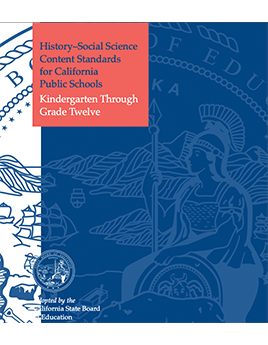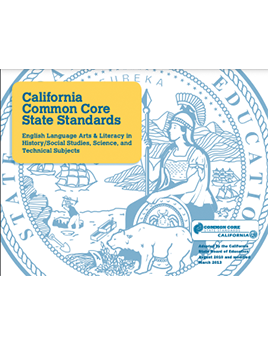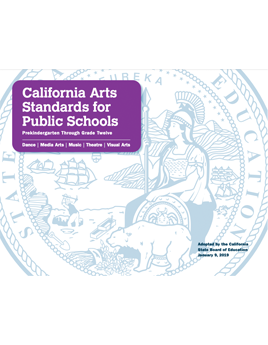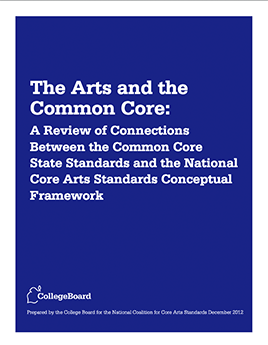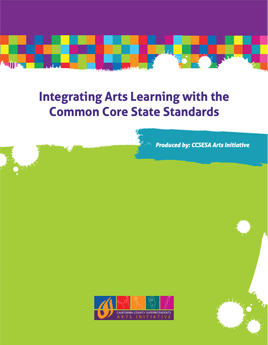Continue Learning with Hamilton
The Dan and Lillian King Foundation supported the development of lesson plans for teachers and students to experience ahead of their field Trip. Many teachers have shared their ideas for learning and student works after their trip to see, “Hamilton: An American Musical". Below you will find strategies for creating mixed-domain learning experiences for 8th grade learners.

History through Art: Ideas for Developing Learning Experiences in Arts Classrooms
Ideas for developing learning in middle grades arts classrooms that continue to explore the development of the US Constitution and government through high engagement arts forward lessons. Includes ideas for partnering with teachers in other domains.
VAPA + History Learning
Author Lin Manuel Miranda uses his artistic talents to share Alexander Hamilton's story with new generations. In these lesson starters and ideas, we're aiming to help students build upon the experience and learn by performing, interpreting, understanding and creating art that also supports their learning in other domains.
Art teachers who teach in middle school teams may choose to build upon the excitement and engagement students develop after their field trip to see “Hamilton: An American musical.” By collaborating with history and language arts teachers, arts classrooms can become an ideal place for creating student works that respond to history.
Art teachers who teach in middle school teams may choose to build upon the excitement and engagement students develop after their field trip to see “Hamilton: An American musical.” By collaborating with history and language arts teachers, arts classrooms can become an ideal place for creating student works that respond to history.
Click the numbers to see ideas in each domain
References
Selected content standards and lesson design suggestions on this page were quoted/referenced from or developed using these publications:


